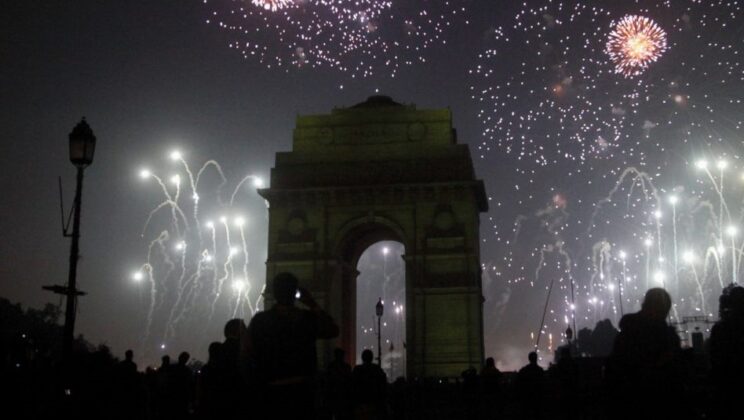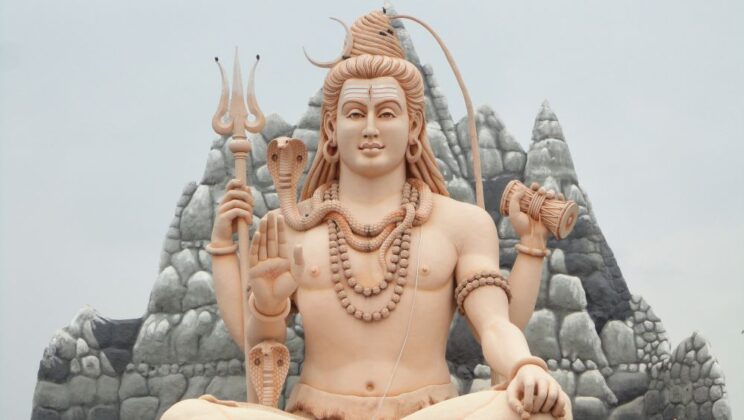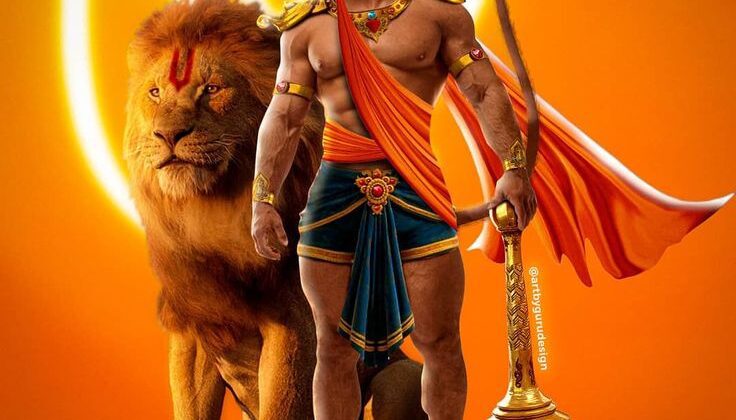Shakuntala is a mythical Hindu heroine who has long captivated people’s imaginations. She is the main character in Kalidas’s “Abhijnanasakuntalam,” a great Sanskrit playwright from ancient India’s repertoire. This play…
Cultural India: Discovering the Rich Tapestry of Indian Culture
India’s history, geography, and religious traditions have shaped its rich and varied cultural heritage. India is one of the largest and most populous countries in the world, with over 1.3…
Embracing New Beginnings: A Guide to India’s New Year Celebrations
The New Year is one of the most important celebrations in the many different cultures, religions, and traditions that can be found on the Indian subcontinent. The Indian New Year…
The Timeless Traditions of an Indian Wedding: A Rich Cultural Significance and Celebratory Rituals
Welcome to the world of Indian wedding traditions! You are in for a treat if the fascinating heritage, culture, and history of India captivate you. The Indian wedding is one…
Mahashivratri: A Festival of Fasting, Prayer, and Spiritual Transformation
Every year, Hindus celebrate the festival of Mahashivratri with great devotion and enthusiasm. It is one of the most important Hindu festivals because it celebrates the triumph of good over…
Best Valentine’s Day Destinations in India for Couples
Valentine’s Day is a special day for couples to show their love to one another and make new memories. India has many romantic destinations that are ideal for this occasion…
Celebrating Jaya Ekadashi: The Triumph of Good Over Evil
On the 11th day of the waxing moon in the Hindu month of Phalguna, a Hindu festival is held called Jaya Ekadashi. For Hindu devotees, this festival, which is associated…
Vizag: The New Capital of Andhra Pradesh – Everything You Need to Know
One of India’s 29 states, Andhra Pradesh, recently made a significant announcement: Vizag (Visakhapatnam) will be the state’s new capital. Many questions have been raised about the city, its infrastructure,…
Who is AP in Ram Setu | AP is Shri Hanuman
The film “Ram Setu” has generated a lot of buzz and speculation among audiences, particularly with regards to the character AP. AP, short for Abhimanyu Pun, is the name of…
Bajrang Baan: The Mighty Hanuman Mantra | बजरंग बाण
The Hindu mantra known as the Bajrang Baan is sung in honor of Lord Hanuman, a monkey god who is praised for his devotion, strength, and unwavering bravery. Devotees have…










